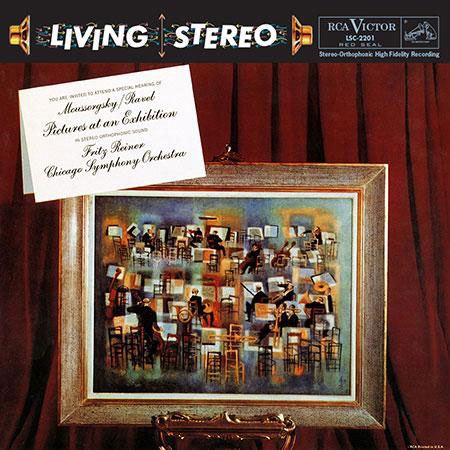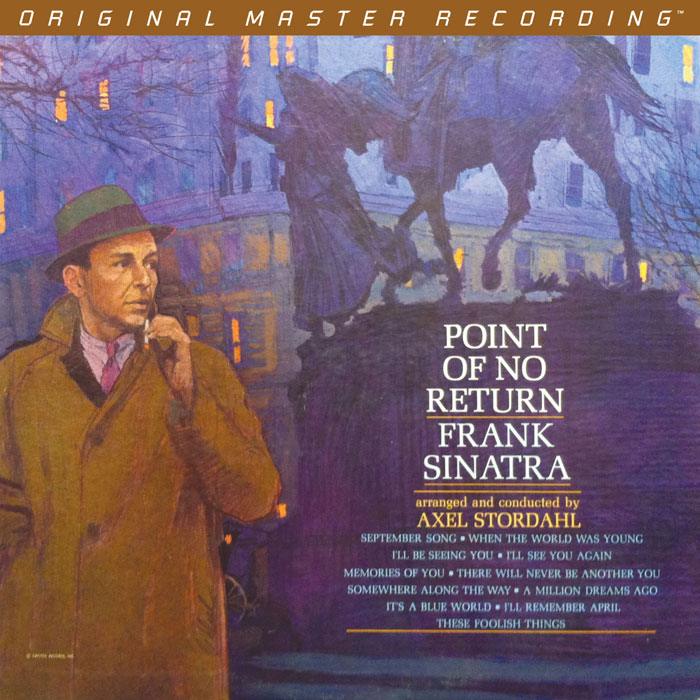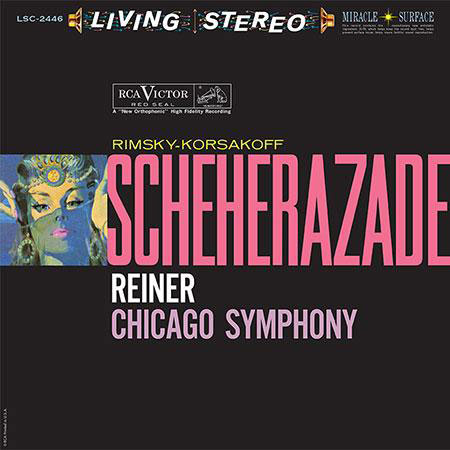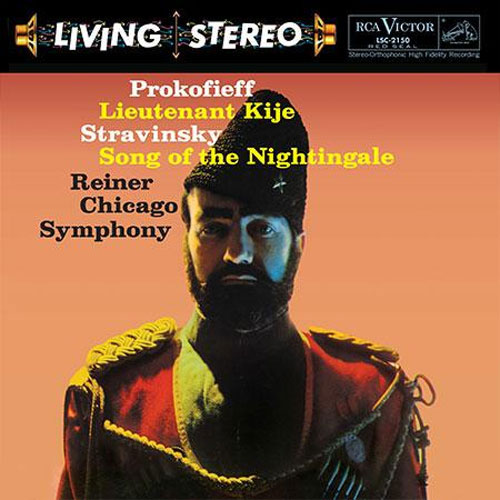Logowanie
Mikołaj - ten to ma gest!
Elton John, The Mamas & The Papas, Cat Stevens, Rod Stewart, Bobbie Gentry, Stevie Wonder, Engelbert Humperdinck
Memory Lane
Edycja Numerowana - 1000 egzemplarzy w skali światowej
RACHMANINOV, Eiji Oue, Minnesota Orchestra
Symphonic Dances / Vocalise
Best Recordings of 2001!!! NAJCZĘŚCIEJ KUPOWANA PŁYTA Z RR!
Karnawał czas zacząć!
Music of Love - Hi-Fi Latin Rhythms
Samba : Music of Celebration
AUDIOPHILE 24BIT RECORDING AND MASTERING
CHOPIN, LISZT, DEBUSSY, DVORAK, Gerhard Oppitz
Dances romantiques - A fantastic Notturno
Wzorcowa jakość audiofilska z Clearaudio
Winylowy niezbędnik
ClearAudio
Double Matrix Professional - Sonic
najbardziej inteligentna i skuteczna pralka do płyt winylowych wszelkiego typu - całkowicie automatyczna
MUSSORGSKY, Fritz Reiner, Chicago Symphony Orchestra
Pictures at an Exhibition
- Fritz Reiner - conductor
- Chicago Symphony Orchestra - orchestra
- MUSSORGSKY
LIVING STEREO - NAJLEPSZE NAGRANIA W DZIEJACH FONOGRAFII!
Lacquers plated by Gary Salstrom and pressed on 200-gram vinyl at Quality Record Pressings!
Acoustic Sounds customer Alan Hendler has this to say about the first three RCA reissues: "Just received your new vinyl of Scheherazade, Pictures and Pines and Fountains of Rome. After listening I have never heard anything that comes close to the glorious sound of these records. I have original vinyl, CD's, SACD's, XRCD's, Chesky and Classic Records remasters and nothing comes close to how good these sound. The overall balance of all the sections of the orchestra is superb. Wood winds are gorgeous. I will be buying more."
"These records are definitive." — Michael Fremer, editor, AnalogPlanet.com
"These are the best vinyl releases of RCA LPs I've yet heard." — Jonathan Valin, executive editor, The Absolute Sound
"Grade: A+. Once again, as good as I've heard this record sound. Gorgeous strings, superb bass, avalanche dynamics with that same tape-like ease, sensational inner detail. The authority of the CSO is really something on fortissimo tuttis, of which there are many in Pictures." — Jonathan Valin, The Absolute Sound.com, June 11, 2013. To read the full review click here:To read the full review click here: https://www.theabsolutesound.com/articles/sneak-preview-acoustic-sounds-rca-reissues/
Another sonic and musical blockbuster from the unbeatable combo of Reiner and RCA (and Mohr & Layton). Recorded in 1957 at Chicago's Orchestra Hall; the original analog session tapes were used in mastering for LPs and SACDS. Mussorgsky's inspiration for Pictures was the death of his dear friend, the architect and visual artist Victor Hartman. Having died at age 39, Hartman had not yet had the opportunity to realize any of his architectural visions, and Mussorgsky was angered that his friend would have no legacy. The Architects' Society arranged an exhibition of some of Hartman's sketches — some of architecture, others of characters or scenes from everyday life. The tribute was enough to give Mussorgsky ideas for his composition, but not enough to give Hartman any lasting place in history. Today, of all of the sketches that were captured in music, only six can be positively identified.
The piece is known today primarily through the orchestral version created by Maurice Ravel in 1922. In fact, the work had already been orchestrated multiple times, by a variety of lesser names. Some conductors today find that Ravel's version, in spite of its color, sacrifices some of the coarse nature inherent in Mussorgsky's piano original. Furthermore, Ravel worked from Rimsky-Korsakov's edited version of the piano part — the only one available at the time — which changed some notes and rhythms.
None of the orchestrations, however, change the fundamental spirit of the piece. Mussorgsky imagines himself making his way down the hallway that showcased his late friend's work, with his stately procession represented by the Promenade that opens the piece and returns several times. Upon stopping at each image, he reflects on what he sees. Between the early movements, the promenade returns regularly, as Mussorgsky is conscious of moving from one scene to the next. As the work progresses, however, he becomes less aware of the interval between pictures, and more immersed in the continuous psychological experience of moving from one state of mind to the next. By the end, the composer sees himself transformed by the connection with Hartman through his visual expressions of Russian pride and humanity.
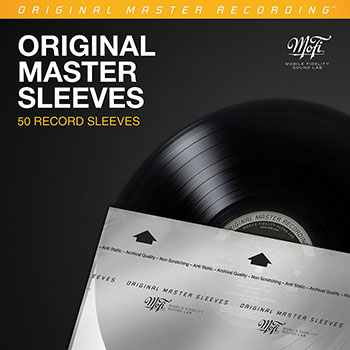 >>> Płyty winylowe należy przechowywać WYŁĄCZNIE w NAJLEPSZYCH NA ŚWIECIE koszulkach produkcji legendarnej wytwórni MOBILE FIDELITY.
100% gwarancji na pozbycie się trzasków będących w istocie w 90% efektem ładunków elektrostatycznych a nie uszkodzeń mechanicznych płyty! <<<
>>> Płyty winylowe należy przechowywać WYŁĄCZNIE w NAJLEPSZYCH NA ŚWIECIE koszulkach produkcji legendarnej wytwórni MOBILE FIDELITY.
100% gwarancji na pozbycie się trzasków będących w istocie w 90% efektem ładunków elektrostatycznych a nie uszkodzeń mechanicznych płyty! <<<
 >>> Ten zestaw to podstawa każdego toru winylowego! <<<
>>> Ten zestaw to podstawa każdego toru winylowego! <<<





























